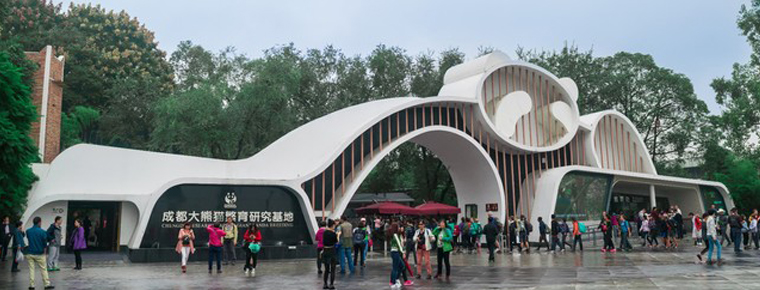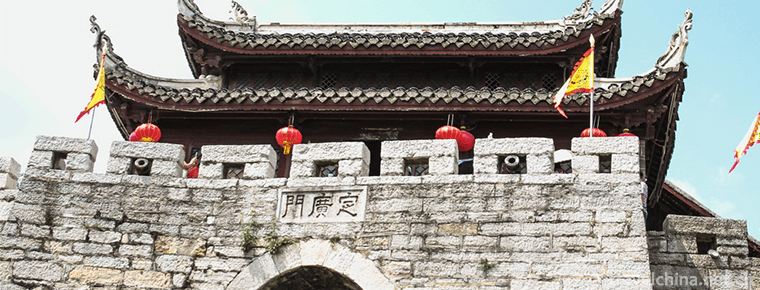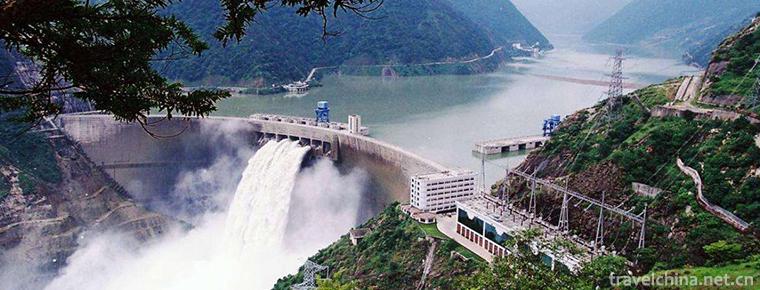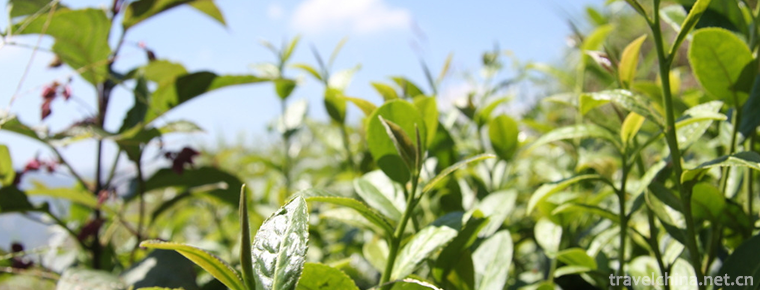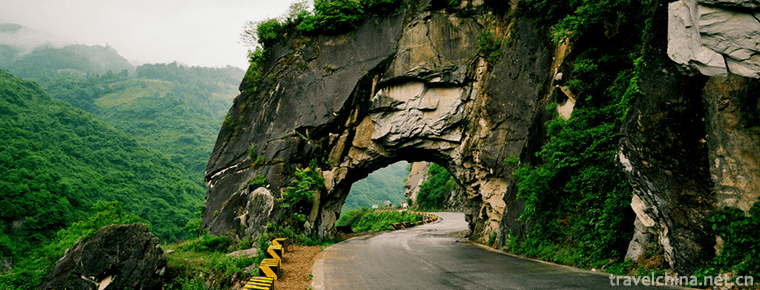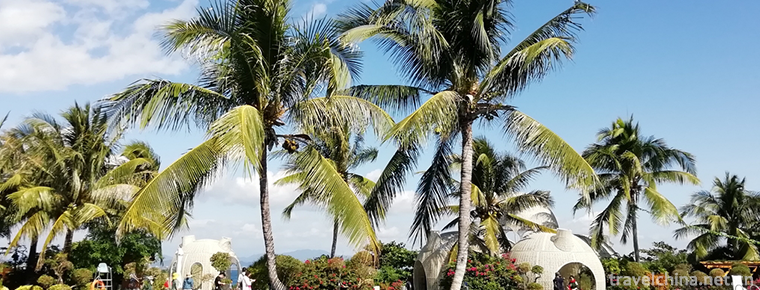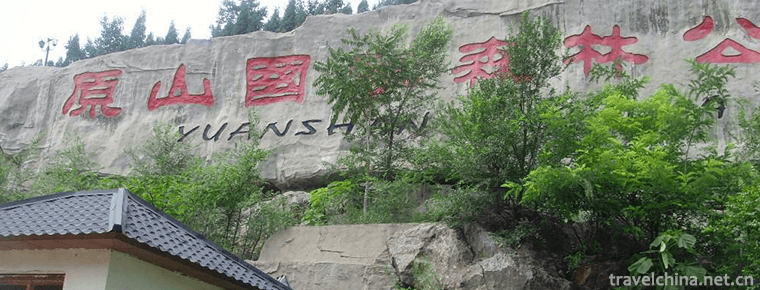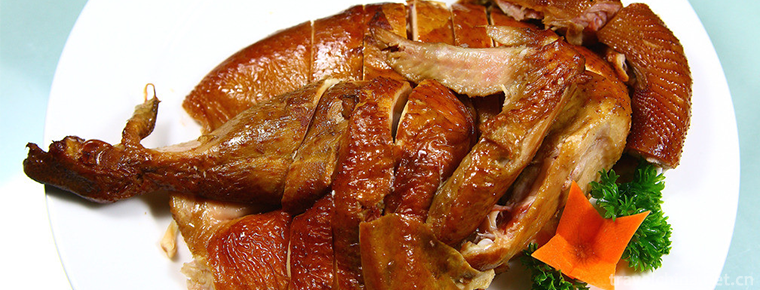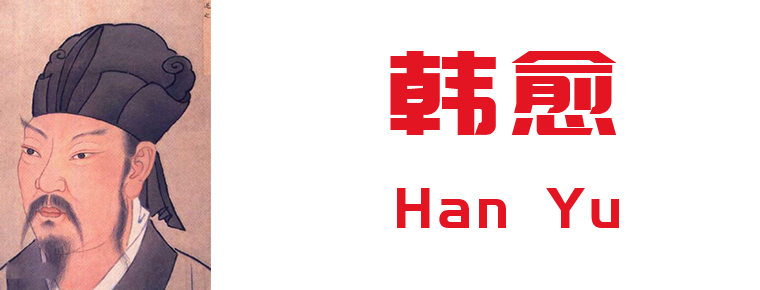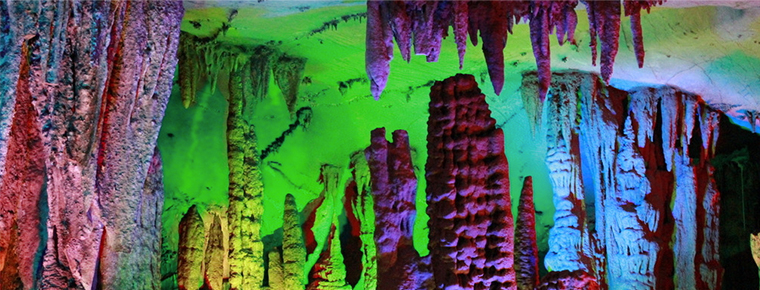Ewenki costumes
Ewenki costumes
The Ewenki people belong to the Tungusic race, and their clothing materials are mainly animal skins, as do the Tungusic people such as Manchuria and Xibo. Large wool jacket with diagonal flaps, large sleeves and long waistband. Short leather jacket, lambskin jacket, is a wedding or festival dress.
Ewenki people, men and women, wear cloth or lambskin ornaments and wear belts. I like blue and black clothes. Leather pants are embroidered with various patterns on the outside and worn on the outside when it's cold. Men wear cloth caps in summer and conical leather caps in winter, with red tassels at the top.
Ewenki women generally wear earrings, bracelets, rings, or ornaments with coral and agate. Married women also wear sleeves, silver medals, silver rings and so on.
In 2014, Chen Baerhu Banner of Inner Mongolia Autonomous Region declared that Ewenki costumes were listed in the fourth batch of national intangible cultural heritage list with the approval of the State Council.
Clothing features
The characteristics of Ewenki clothes are fat, loose, oblique broad-skinned and long waistband. Before the end of the Qing Dynasty, the Ewenki people only made clothes from animal skins; after the end of the Qing Dynasty, they began to make clothes from cloth. Their clothes can not be separated from leather everywhere, which is mainly engaged in animal husbandry, because the cold climate in the region is not unrelated. In winter, we usually use long and thick fur to make clothes; in spring and autumn, we use small fur, and in summer, we also use glossy leather to make clothes. Sheepskin is the most common type of leather clothes. There are many kinds of leather clothes, which vary according to different uses such as wearing, wearing, spreading and covering. The leather quilt has its own characteristics.
Clothing category
The Ewenki people in Ewenki Banner have animal husbandry as the main economy, and their clothes can not be separated from animal skins.
Maomao gown (Suon): It is a necessary winter clothing for both men and women.
Short leather jacket (Hu Rumu): A jacket with wide sleeves on the outside. This is a kind of dress. At wedding ceremonies, both men and women must wear clothes when greeting relatives and friends. In spring and autumn, they can use small fur.
Lambskin jacket (Hobze Suon): This is a dress for visiting relatives and friends or festivals. It needs 36 lambskin and is suspended in cloth or satin.
Leather pants (Okui): Four pieces of sheepskin are needed. Leather pants (Suway): In the coldest season, wear outside cold protection, knitting round pattern on knee, strong and beautiful.
Leather hats (Awen): In the past, they were all made by themselves. Later, they bought more off-the-shelf hats.
Leather boots (Winter): They are usually worn by Ewenki people. In the early stage, they used cowhide as sole and sheepskin, calf and horseskin as waist. They can be divided into two kinds: winter and summer.
Belt (Umara): Early self-made belt or woolen belt, after the use of cloth or silk belt. Every man wears a belt, otherwise it is considered impolite.
Gloves (Umara): Early made of skin thumb, four fingers two flaps, a small number of rough wool woven.
Ewenki people's clothes and patterns are very distinctive. Decades ago, men's gowns were split underneath, while women's gowns were not. Women's clothes roll up the same width around the cuffs, which can be put down in cold, while men's clothes protrude on the back of the hand, which is called "horseshoe sleeve", which is beautiful and cold-resistant. Both men and women's clothes are laced with hems and collars.
Patterns are "Otis" (thread), used in the upper waist of boots; "Dao Gao" is a butterfly flower, mostly in the middle of the waist of women's boots; "Poole" (pattern) is mostly used in the lower waist of boots or trousers, knees, cigarette pockets; "Ilaga" (flower) is mostly used in the skirts or waists of boots; "Adala" (lace) is mostly used in the large skirts or open forks of robes.
Making materials
Hide
The clothes, shoes and bedding of the Ewenki people living in Aoluguaya are made of animal skins. Clothes are made from scraped (rare) bark and dyed black and yellow with bark water or smoke. In the past winter, leather hats were made of roe scalp on the outside and chinchilla or lynx fur on the inside. They were warm and beautiful. They were not easy to be found by wild animals as camouflage in hunting. When sewing leather clothes, it is necessary to use twist stitches of deer tendons and twist stitches, and the branches are not scratched. Sewing pattern decoration at the corners and forks of clothes.
cotton
For nearly a hundred years, they began to use cotton cloth to make clothes. Women usually wear dresses with large collars, white greenway edges on their collars, wide hems, front-to-front flaps. In the past, clothes used to be buttoned with animal bones. Older women often wear blue and black, while girls wear red and sky blue. Men and women wear (rare) leather boots, winter boots are furry, summer boots are woolly, moisture insulation, light, walking silent, easy to hunt and walk in the mountains and forests.
Sheepskin
Sheepskin makes clothes. There are differences in long clothes and short clothes in different seasons. The long sweater with wool face outward, the wool face inward, the side open, wearing a long belt. It can keep out the wind and cold when riding horses and grazing in the wild. It is a kind of work clothes often worn by Ewenki people in pastoral areas. There is also a kind of coat called "Hu Ru Mu", which should be worn as a dress for wedding. The lambskin jacket, known as "Hobze Suon", is a kind of costume for visiting relatives and friends and festivals. It pays attention to stitching various patterns at the corners of the clothes. In the past, copper buttons, apricot wood buttons and jade buttons were used on clothes. Ewenki women in Chen Qi wear dresses in winter and summer, with narrow upper body and wide lower body skirts. In the middle of the sleeves of married women, there is an inch wide color cloth sleeve, called Taohai, which wears a shoulder with color cloth edge. The dresses are mostly green and blue, and the edges are mostly green. Men's hats are conical, with red tassels at the top. The top of the hat is made of blue cloth. Summer caps are made of single cloth. Winter caps are made of lamb skin, otter skin or lynx skin.
Roe deer skin
Royal roe skin makes clothes. According to the texture of roe skin captured in spring and winter, clothes of different seasons are made. Among them, the Gongzi leather dress is open on the side and on both sides of the hem. It is worn with a belt or cloth belt at the waist. They also use roe skin to make trousers and trousers. The hunter's roe leather gloves are divided into two forks. The thumb is inserted in the small fork sleeve for easy handling. There is a cross opening at the wrist of gloves. In cold winter, it is very convenient to expose hands, push bullets into the chamber and shoot with guns. One kind of boot is called "Osler Winter", which is made of 16 pieces of roe leg leather. They also use roe skin to make hats, leather socks and so on. Since the Qing Dynasty, Ewenki people have made more and more clothes with cloth. Women's clothing mostly imitates the style of Eight Banners clothing, with wide sleeves and edges. The shoes they wear are also made of cloth, embroidered with flower patterns, and both men and women wear shoulders.
Fashion Etiquette
In the old society, the Ewenki costume styles were different from each other in social status, rank and etiquette. For example, men's clothes are only split on both sides, while official gowns are split around the front and back, with buttons at the front and back forks.
Ewenki people call it "Tao Riqi". They usually use copper buttons, apricot wood buttons and bone buttons. Later, silver buckles appeared, and rich people also used jadeite, agate, coral buckles, such as cloth or rope buckles is the future practice. Ordinary people's clothes can only be nailed with five buttons. More than five buttons are irregular. Zhang Jing (assistant collar) and other officials saw that they had to be subjected to boards. Officials also had buttons on the forks of their clothes, up to dozens.
Ordinary people do not wear hats to meet officials and elders. When they see officials, they must take down their cigarette bags and insert them into their boots, otherwise they will be scolded.
Ewenki people like blue, green and black clothes. They don't like red and yellow. They regard white as filial piety. Even when they wear underwear, they must sew with colored thread and buttons to show taboo. Cloth and silk were used by the Ewenki people very early (when Hailar's eight major merchants came). After the founding of New China, cloth and silk were widely used. In the 1990s, Ewenks in suits, Zhongshan suits, top hats, high-waisted cowhide boots and leather shoes were everywhere.
The custom of Ewenki women wearing rings and bracelets as decorations has existed for a long time. In the 1980s, more and more people wore gold rings and earrings.
Ewenki women in the Sini River area (formerly known as Kamnikan) wear dresses all year round, with close upper body and wide lower body skirts. In the middle of the sleeves of married women, there is a color cloth sleeve sewn about an inch wide, called "Taohai", and wearing a shoulder with color cloth edges. The dresses are mostly green and blue, and the edges are mostly green and yellow. Men's hats are conical, with red tassels at the top. The top of the hats is made of blue cloth. Summer hats are felted or single-cloth hats. Winter hats are made of lambskin, otter skin or lynx skin.

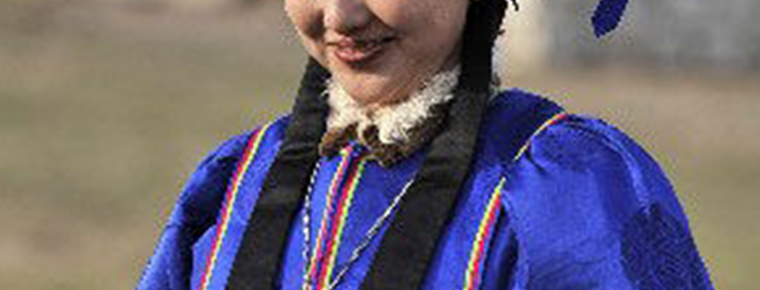
-
Chengdu Panda Base
No. 1375 panda Road, Chenghua District, Chengdu city, Sichuan province.
Views: 223 Time 2018-09-28 -
Huaxi Qingyan Ancient Town Scenic Area
Qingyan Ancient Town, one of the four ancient towns in Guizhou, is located in the southern suburb of Guiyang City. It was built in Hongwu ten years (1378) of Ming Dynasty and was formerly a military f.
Views: 214 Time 2018-12-12 -
Ertan National Forest Park
Ertan National Forest Park is located in Yanbian County and Miyi County, the northern suburb of Panzhihua City, Sichuan Province, with a total area of 732.4 square kilometers .
Views: 137 Time 2018-12-22 -
Nanning Zoo
Nanning Zoo, located at 73 East University Road, Nanning City, was built in 1973. It was officially opened to the outside world in 1975 with a total area of 39.1 hectares. It receives more than 1 mill.
Views: 172 Time 2018-12-27 -
Anxi Tea Grand View Garden
Anxi Tea Grand View Garden in Quanzhou, Fujian Province is located in Fengguan Mountain on the north side of Fengcheng City. It covers an area of 11 mu.
Views: 115 Time 2019-01-02 -
Yanxiangdong Ecotourism Area of Hanjiang River
Yanxiangdong Ecotourism Scenic Spot of Hanjiang River is located in Shiquan, covering an area of 80 square kilometers, north of Qinling Mountains and south of Bashan Mountains.
Views: 199 Time 2019-01-13 -
Wuzhizhou Island Scenic Area
Wuzhizhou Island is situated in Haitangwan Bay in the north of Sanya City. It is opposite to Monkey Island in the South and is adjacent to Yalong Bay.
Views: 372 Time 2019-02-24 -
Yuanshan National Forest Park
Yuanshan National Forest Park is located in the southwest of Boshan District, Zibo City, Shandong Province. It was established in 1992 with the approval of the Ministry of Forestry..
Views: 162 Time 2019-03-09 -
Production Techniques of Dezhou Braised Chicken
Dezhou Grilled Chicken is a kind of poultry meat product cooked slowly in small fire. It is originally produced in Dezhou City, Shandong Province. It is also known as Dezhou Wuxiang Boneless Grilled C.
Views: 271 Time 2019-04-26 -
Printing and Dyeing Techniques of Blue Printed Cloth
The printing and dyeing technology of blue printed cloth is a kind of anti-dyeing and printing method of indigo printed cloth. The dye is extracted from Polygonum multiflorum..
Views: 230 Time 2019-05-11 -
Han Yu
Han Yu (768 - 824 December 25th) retreated. Henan Heyang (now Henan Province Mengzhou People. Claiming to be "Changli," the world is called "Han Changli" and "Mr. Changli".
Views: 153 Time 2019-09-07 -
Longtan Karst Cave Scenic Spot
Longtan Karst Cave Scenic Area is located at the foot of longcuban mountain, Miyi Baima Town, Panzhihua City, Sichuan Province, with an altitude of 1500 meters. It is a provincial-level scenic spot and a national AA level tourist area..
Views: 117 Time 2020-10-15
